Natural shelter
Modern hens are derived from jungle fowl which are forest birds and naturally feel safer on a range with plenty of shelter. Natural cover on the range can be provided by planting trees, hedgerows and other shrubs. Increasing the amount and variety of vegetation and natural cover on the range will promote and maximise range use.
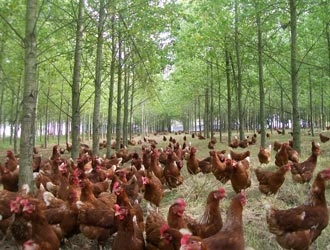 |
|
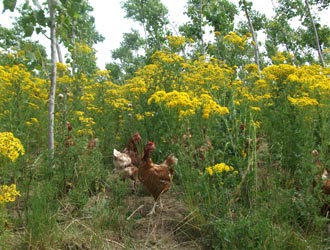 |
|
Having plenty of mature trees on the range will provide a more natural environment for the hens and will both increase the number of hens using the range and the distance they cover.
|
Farming and Wildlife Advisory Group (FWAG) can provide support to producers wishing to apply for grants to plant woodland on their ranges.
|
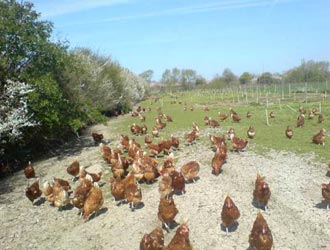 |
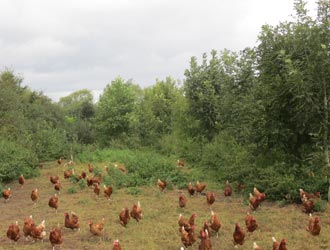 |
|
Hedges work well in drawing the hens out. The saplings in this photo are still young but will offer good cover when mature. See photo on the right.
|
This photo was taken a few years later from the same spot on the same range. You can see that the trees have grown considerably and are providing excellent cover and a variety of vegetation for the hens.
|
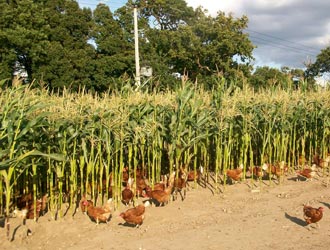 |
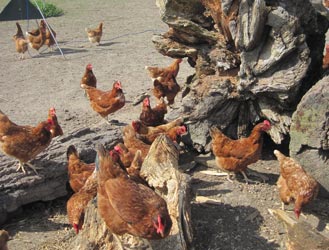 |
|
Planting patches of arable crops on the range will provide both a source of food and shelter for the hens.
|
Interesting features such as this log pile are attractive foraging opportunities for the hens and will help entice them out.
|
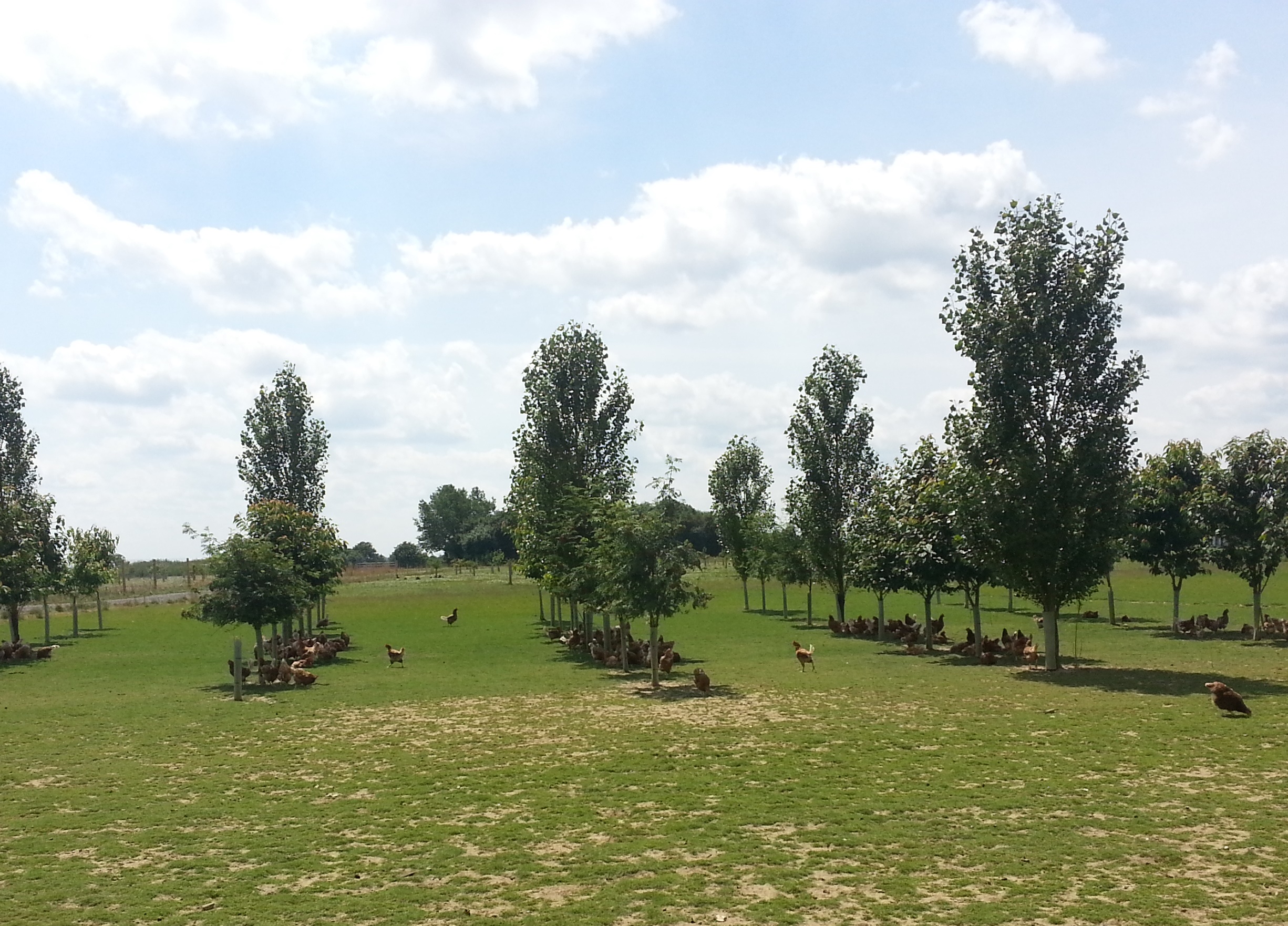
|
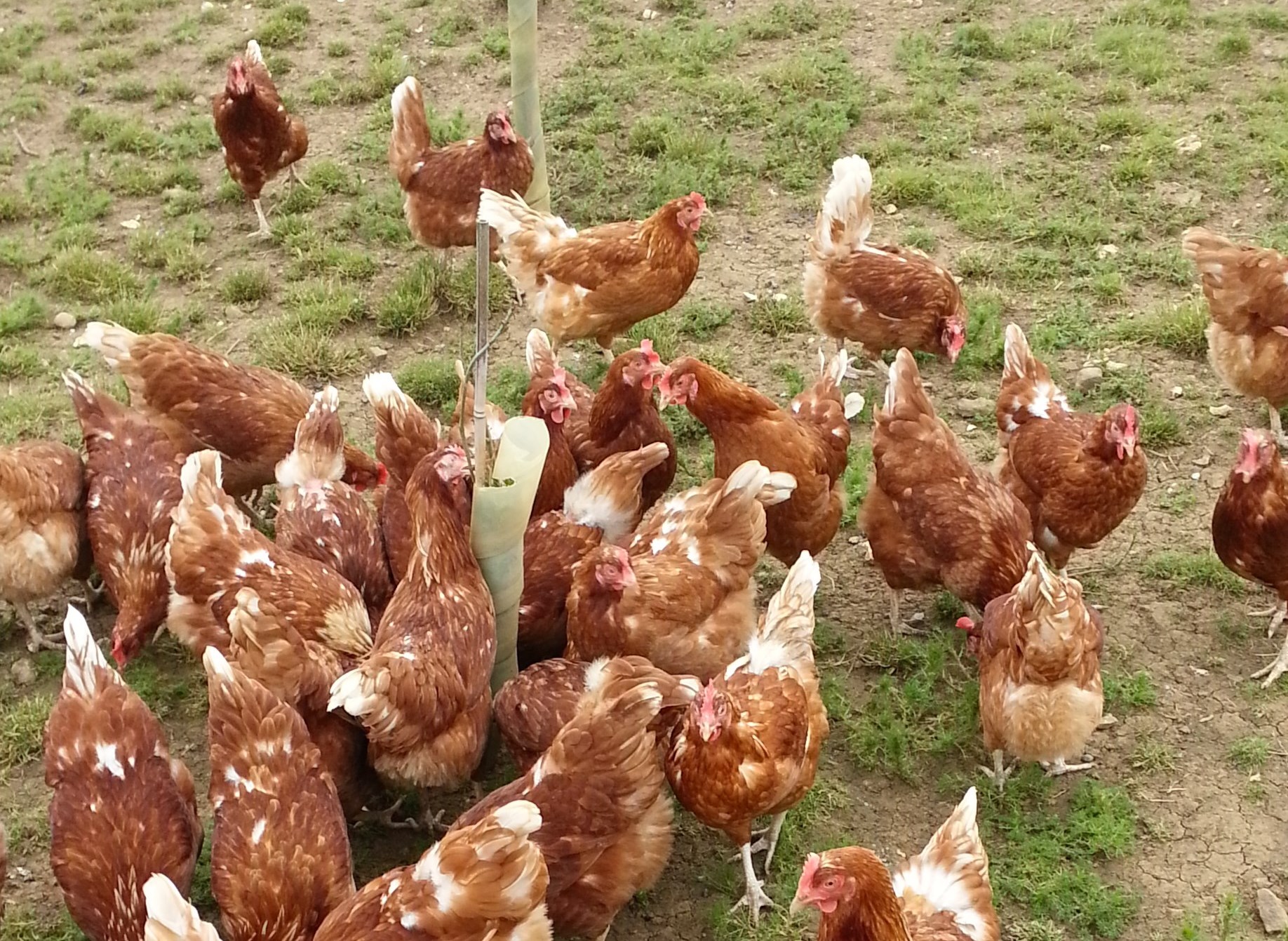
|
|
Trees can provide excellent shade which is very important in encouraging birds out on to the range on sunny days.
|
When planting saplings it is imperative that they are adequately protected from browsing.
|